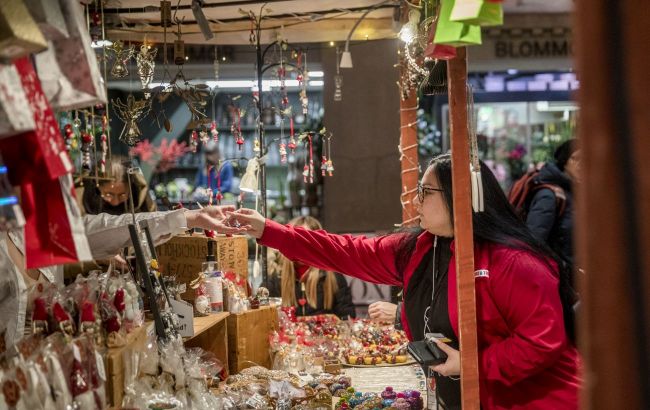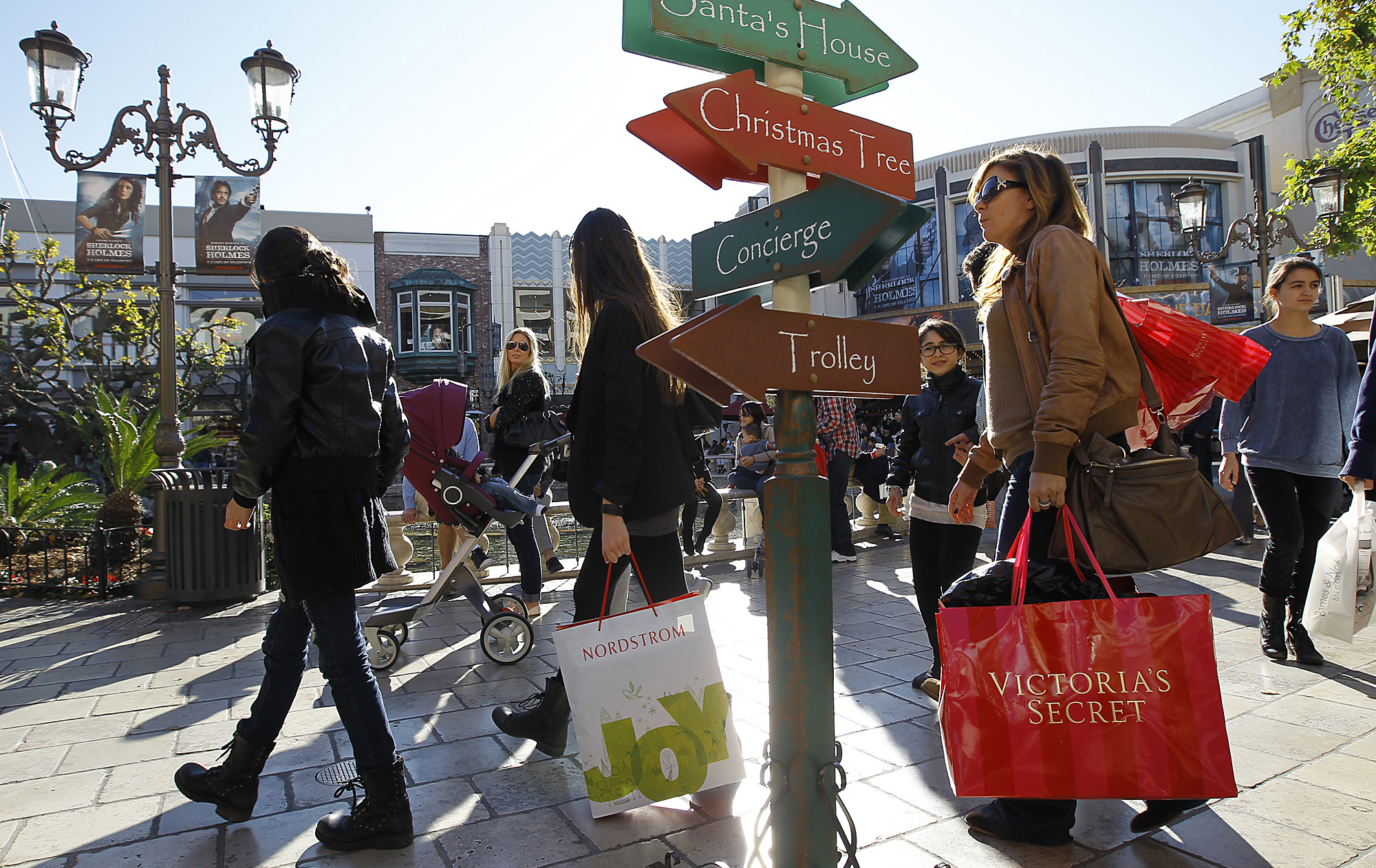Europe's most magical Christmas fairs: Here's why everyone should see them
 Why you should visit Christmas markets in Europe at least once in your life (photo: Getty Images)
Why you should visit Christmas markets in Europe at least once in your life (photo: Getty Images)
Christmas markets are not just trading spots but true celebrations of light, scent, and sound that turn European cities into winter fairy tales. Every year in November and December, old town squares come alive: the air is filled with the aroma of mulled wine, almonds, and cinnamon, and carols echo in the streets. What European Christmas markets are and why you should visit them at least once in your life
How the tradition began
The first Christmas markets appeared in medieval Germany. One of the oldest, the Christkindlesmarkt in Nuremberg, was founded back in 1610, though historians have found even earlier mentions of similar winter markets across Europe.
At that time, they were small winter fairs where townspeople bought candles, gingerbread, ornaments, and gifts before the Christmas holiday.
Over time, the tradition spread throughout Europe from Austria and the Czech Republic to France, Hungary, and even Scandinavia. Today, such markets open in hundreds of cities, each with its own unique style and spirit.
What makes Christmas markets so enchanting
Atmosphere
The streets are decorated with thousands of lights, the air smells of freshly baked gingerbread, and brass bands play cheerful tunes. It's more than just a festive event. It's an experience full of joy and warmth.
Traditional treats
Every market has its own culinary specialties: in Germany, pretzels and sausages; in Austria, strudel; in France, mulled wine and hot chocolate; in the Czech Republic, trdelník (a traditional sweet pastry); and in Hungary, lángos (deep-fried flatbread).
 You can visit Christmas markets on a short bus tour (photo: Getty Images)
You can visit Christmas markets on a short bus tour (photo: Getty Images)
Handcrafted goods
Wooden toys, handmade candles, glass decorations, and wool socks tell their own story. That's why tourists love buying gifts here.
Entertainment
Large markets feature skating rinks, carousels, stages for choir and theater performances, and even Santa's houses for children.
The most famous Christmas markets in Europe
Nuremberg (Germany) is one of the oldest and most authentic.
Vienna (Austria) is known for its elegance, hot punch, and handmade Christmas ornaments.
Prague (Czech Republic) is a true fairy tale set against the backdrop of Gothic towers and the old town.
Strasbourg (France) calls itself the "capital of Christmas," as its market has been running since 1570.
Budapest (Hungary) combines the market with a light projection show on St. Stephen's Basilica.
Why you should see it with your own eyes
A Christmas market is a place where even adults start to believe in miracles. Here you can feel the true spirit of Europe: peace, coziness, warmth, and a love of tradition.
For tourists, it's not just a chance to buy something unique but also to immerse themselves in the atmosphere of ancient towns, listen to carols in different languages, and experience how an entire continent celebrates.
When and where to find the magic
Most markets open in the second half of November and run until Christmas or the New Year. Some even stay open until January 6, the celebration of the Feast of the Three Kings.
During this period, travel companies offer special Christmas Market Tour routes through Europe's most festive destinations.
Ukrainian travel agencies have already announced trips to these markets, and tickets for bus tours can be booked in advance.
Earlier, we reported what to see in the Rozumovsky Palace in Baturyn.
Sources: European Best Destinations, German National Tourist Board, Austrian National Tourist Office, France.fr, and Czech Tourism Official Portal.

